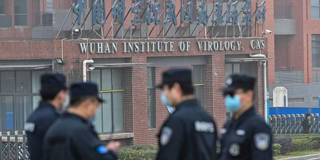
Will Trump Crack the Mystery of COVID’s Origin?
Failure to get to the bottom of COVID-19’s origins and spread may not only allow China to evade responsibility, but could also weaken the world’s ability to prevent another global pandemic. Fortunately, there is reason to hope that Donald Trump’s incoming administration will revive the search for an answer.
GENEVA – The COVID-19 pandemic killed an estimated 7.1 million people worldwide, causing global life expectancy to decline by 1.6 years between 2019 and 2021. It disrupted economies, destroyed livelihoods, and strained social cohesion in many countries. Yet no one has been held accountable for it. Will US President-elect Donald Trump change that?